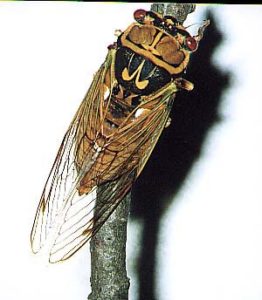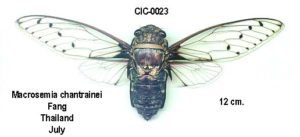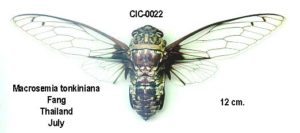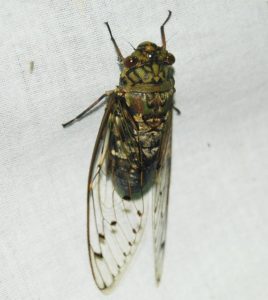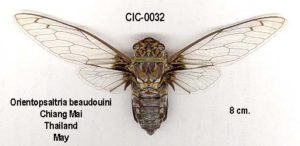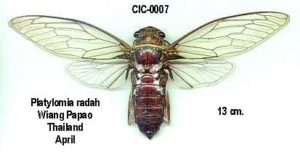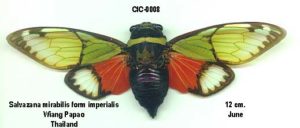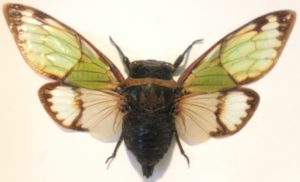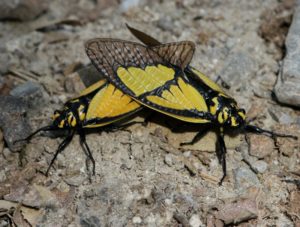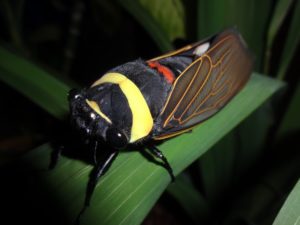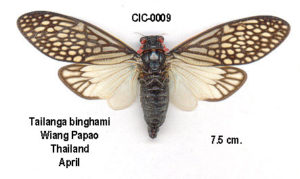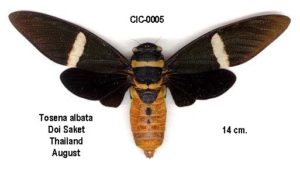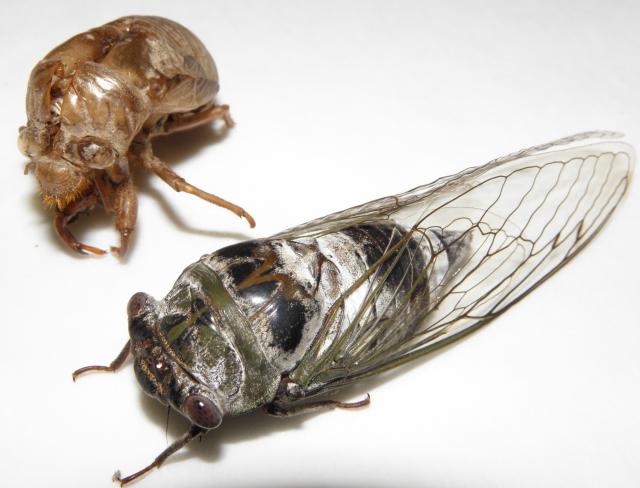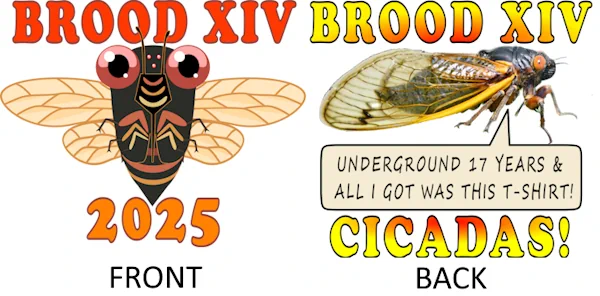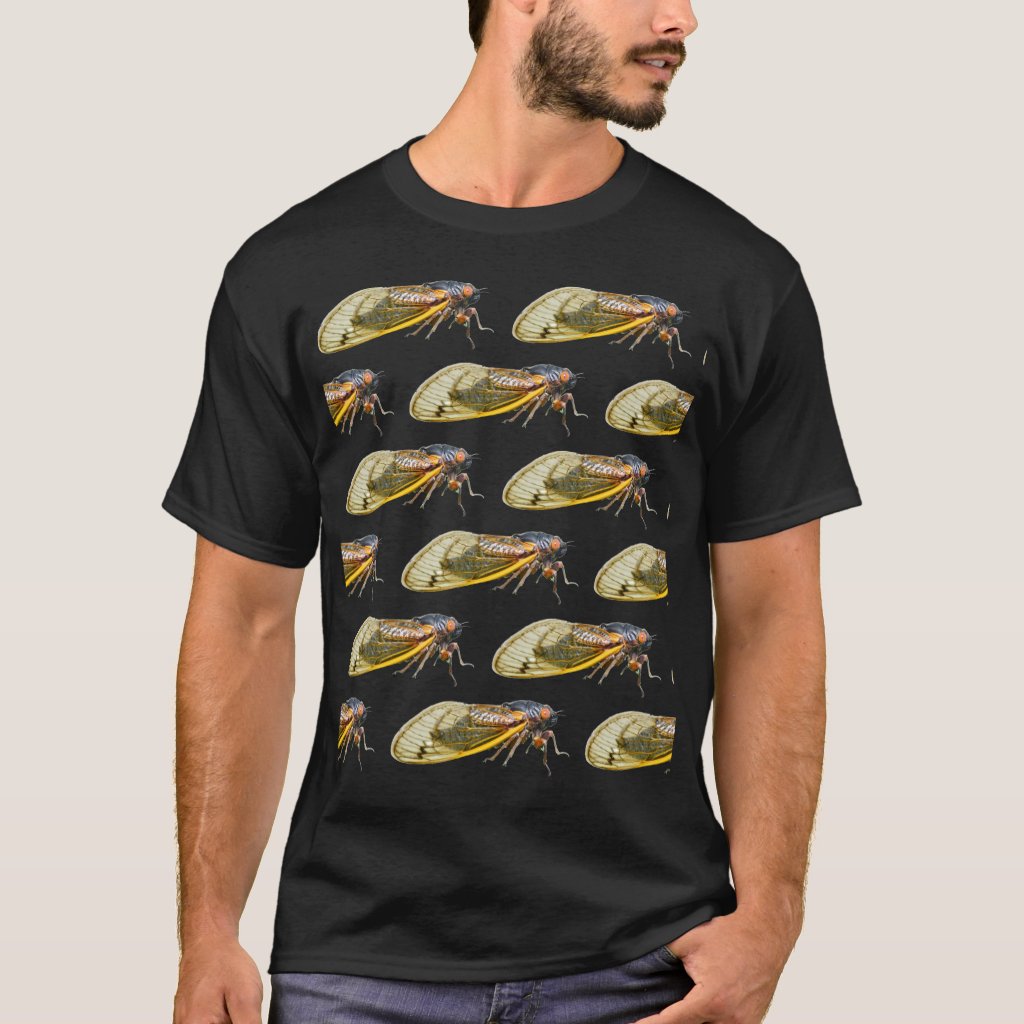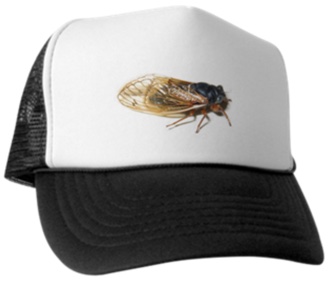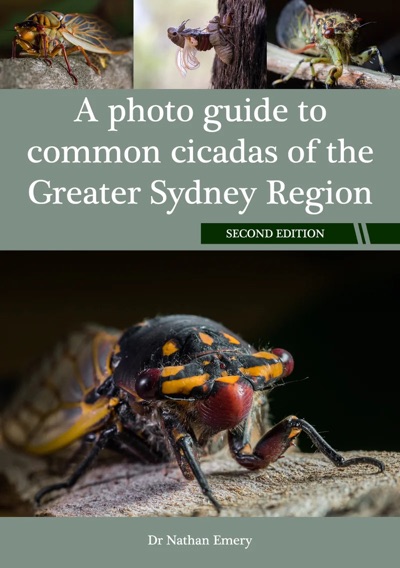Cicada Linnaeus, 1758
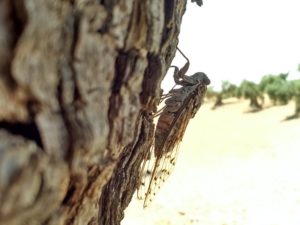
Cicada orni photo by Iván Jesus Torresano García.
- Cicada orni photos by Iván Jesús Torresano García from Spain
- Cicada orni photos by Iván Jesus Torresano García
- Cicada orni Linnaeus, 1758
Euryphara Horváth, 1912
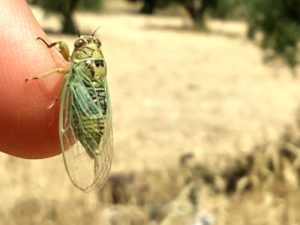
Euryphara contentei photo by Iván Jesus Torresano García.
- Euryphara contentei photos by Iván Jesus Torresano García from Spain
- Euryphara contentei photos by Iván Jesus Torresano García
Hilaphura Webb, 1979
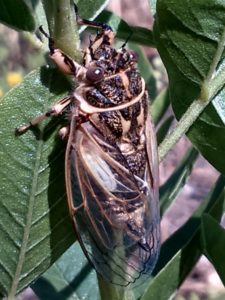
Hilaphura varipes photo by Iván Jesus Torresano García.
Lyristes Horváth, 1926
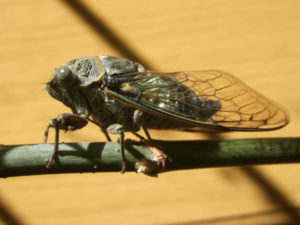
Tibicen/Lyristes plebejus photo by Iván Jesús Torresano García
Galleries:
- Lyristes plebejus photos by Iván Jesús Torresano García, part 1
- Lyristes plebejus photos by Iván Jesús Torresano García, part 2
- Lyristes plebejus photos by Iván Jesús Torresano García, part 3
- Lyristes plebejus photos by Iván Jesús Torresano García, part 4
- Lyristes plebejus photos by Iván Jesús Torresano García, part 5
Tettigettalna Puissant, 2010
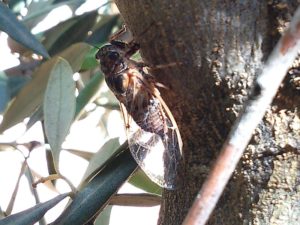
Tettigettalna argentata photo by Iván Jesus Torresano García
Blog Posts By Country:
Websites Dedicated to the Cicadas of Europe for further research:
- Songs of European Singing Cicadas. Many images, sound files and text content.
- SONGS OF CICADAS from Slovenia and Istria (Croatia) (arnes.si) Many cicada photos, sound files and about six paragraphs of information about the cicadas of Slovenia and Croatia by Prof.dr. Matija Gogala.
- La cigale : un insecte vraiment étonnant ! (archive.org link since the original website is gone) Lots of text content, photos and video of the cicadas of France.
- Species Action Plan: New Forest Cicada (Cicadetta montana) (ukbap.org.uk) A photo and about ten paragraphs of information. England.
- Welcome to the New Forest Cicada Project (archive.org link since the original website is gone). A site devoted to finding the New Forrest Cicada in England.
- Cicadas of Spain. There are a lot of photos and video from Spain on Cicada Mania thanks to Iván Jesús Torresano García.
Click the images for larger versions, the species name and the name of the photographer.
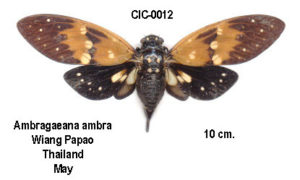

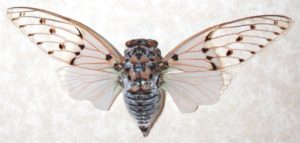
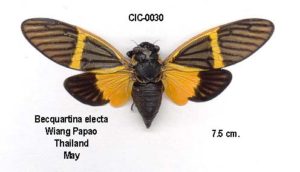
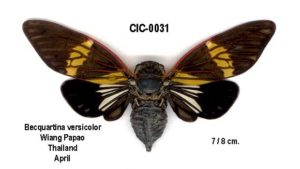
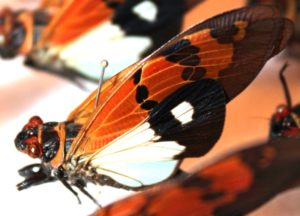
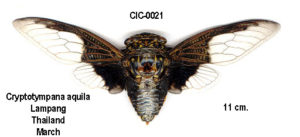
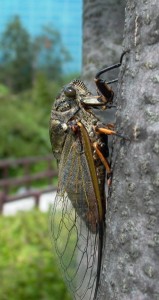
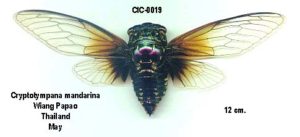
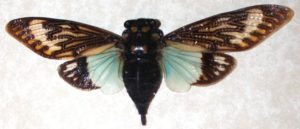
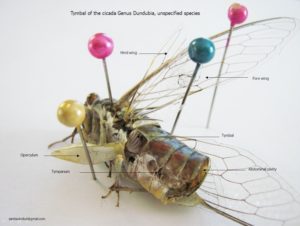
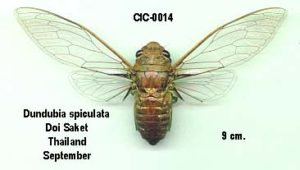
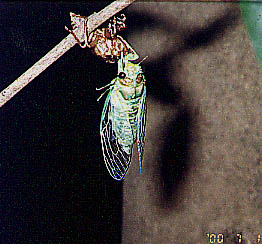
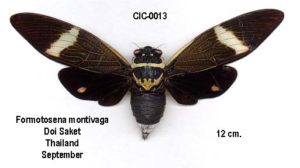
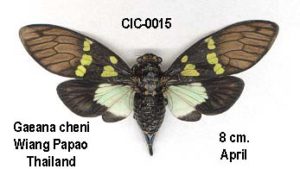
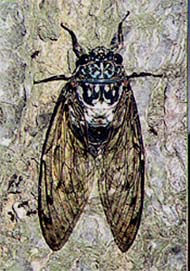 Hyalessa maculaticollis maculaticollis
Hyalessa maculaticollis maculaticollis 
